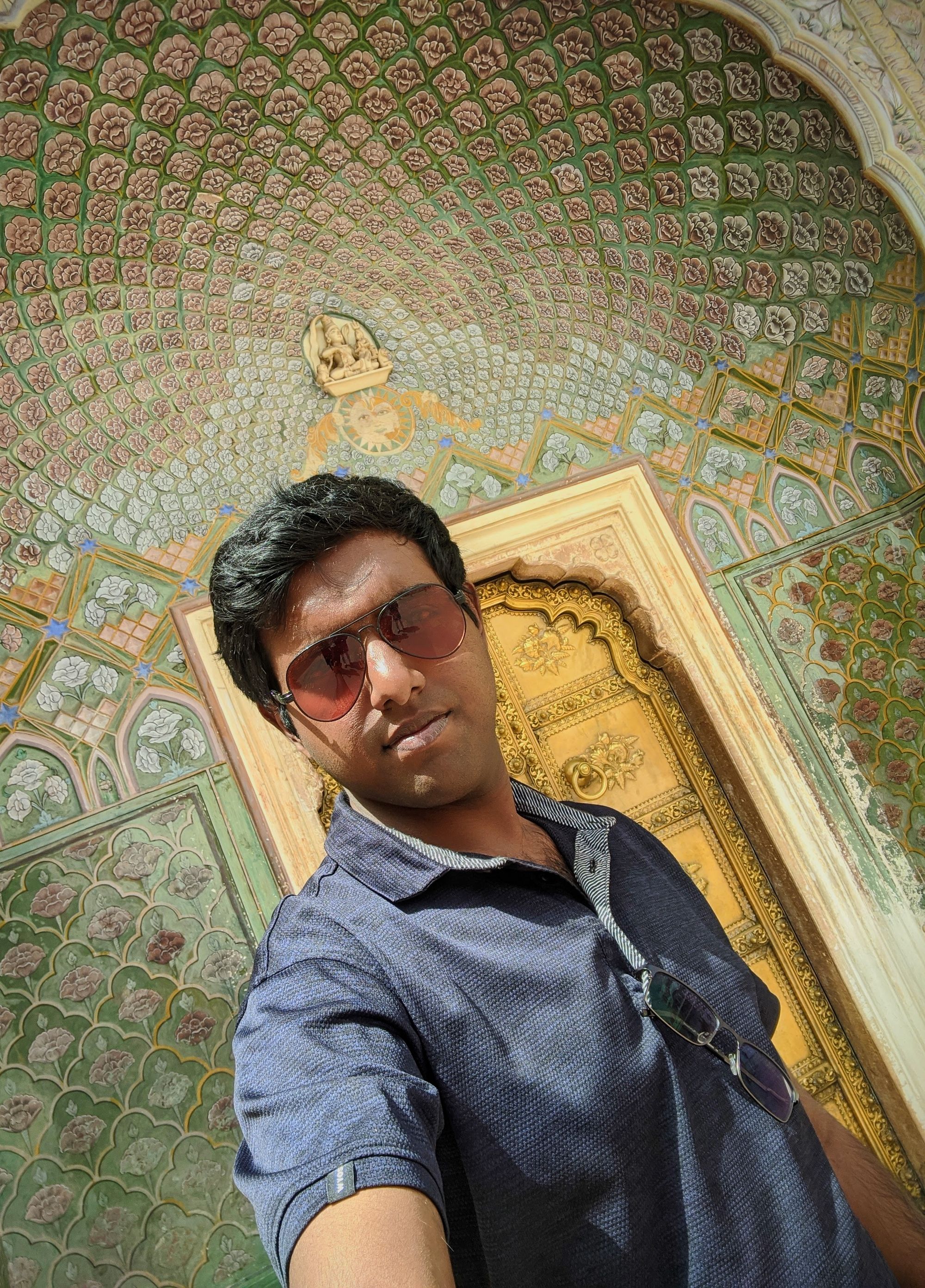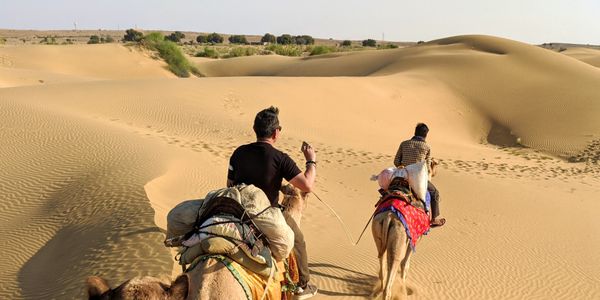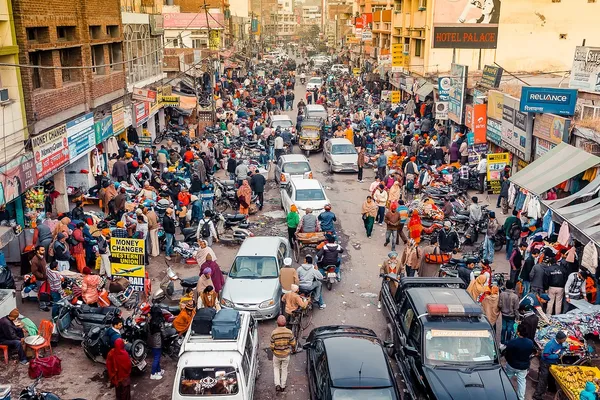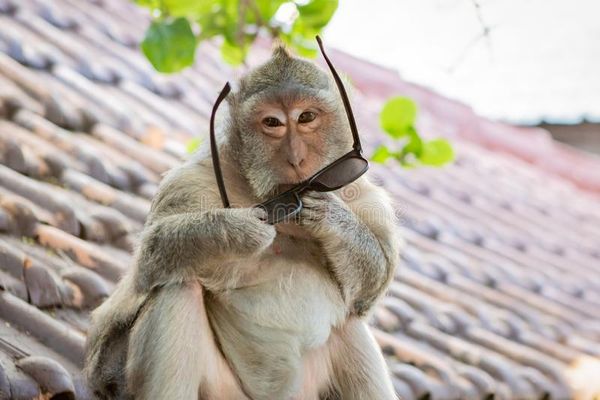Jaipur [India 2020]
The capital of Rajasthan is the first planned city of India, founded 300 years ago. The entire city is painted in Salmon pink and has special lamps that make it appear magical at night.
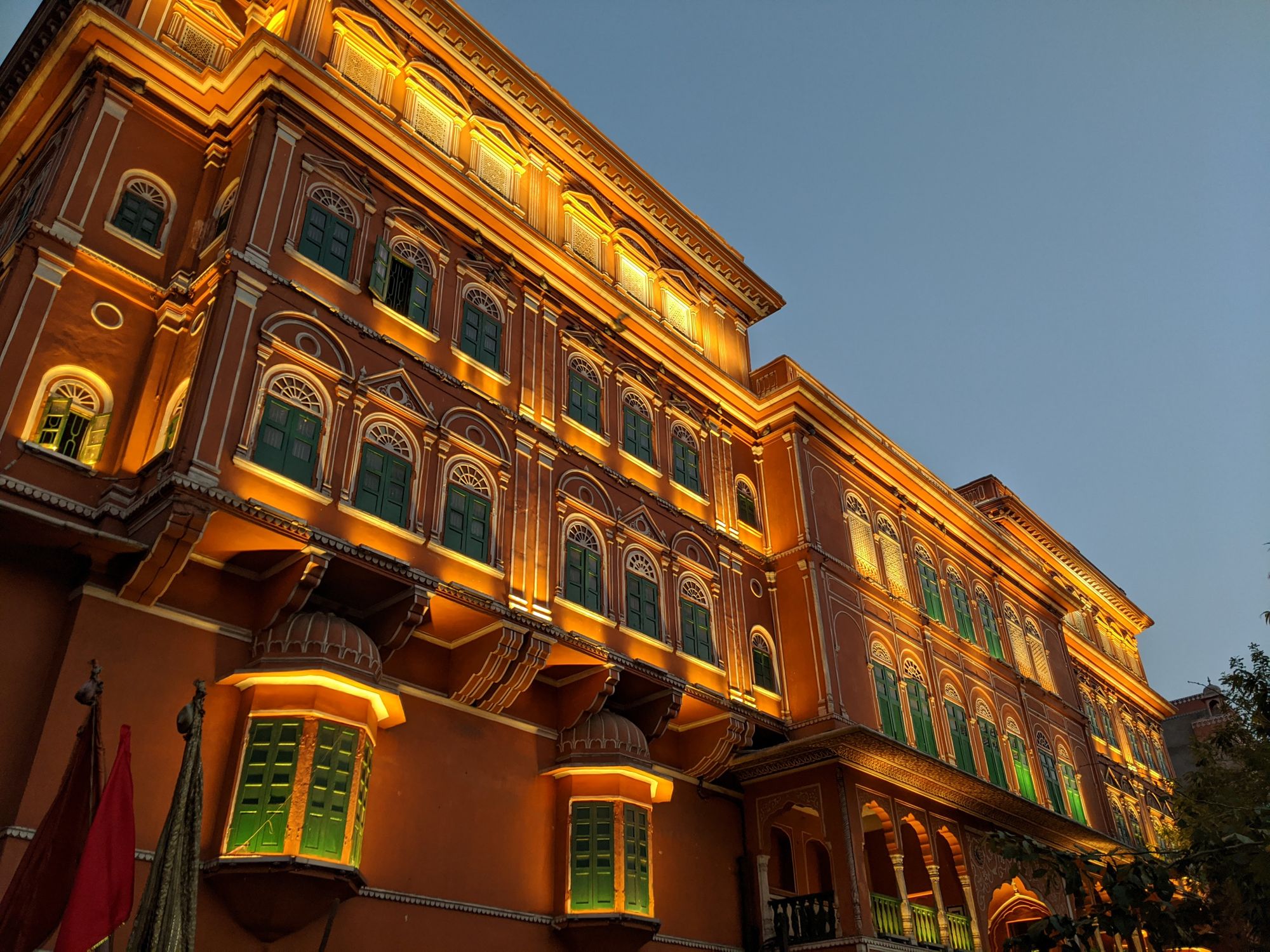
Impressions
The first thing I noticed when I landed in Jaipur is that it's clean. After wading through the dirty streets of Kolkata, Varanasi, Agra, and Delhi, Jaipur feels like an entirely different country. The roads are wide, roundabouts are huge and hence, significantly less honking in street. I took a bike since this was the only city where driving was feasible.
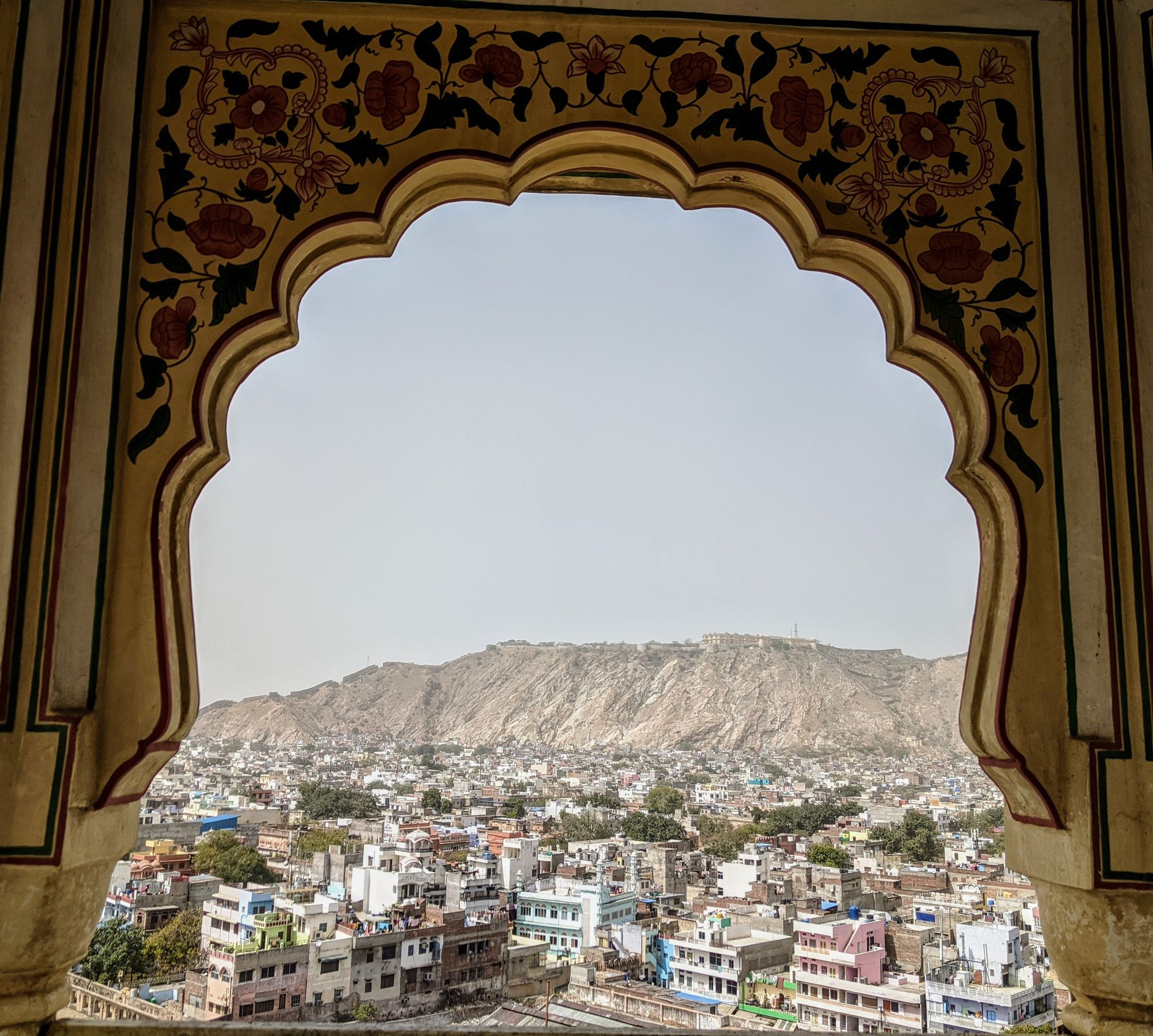

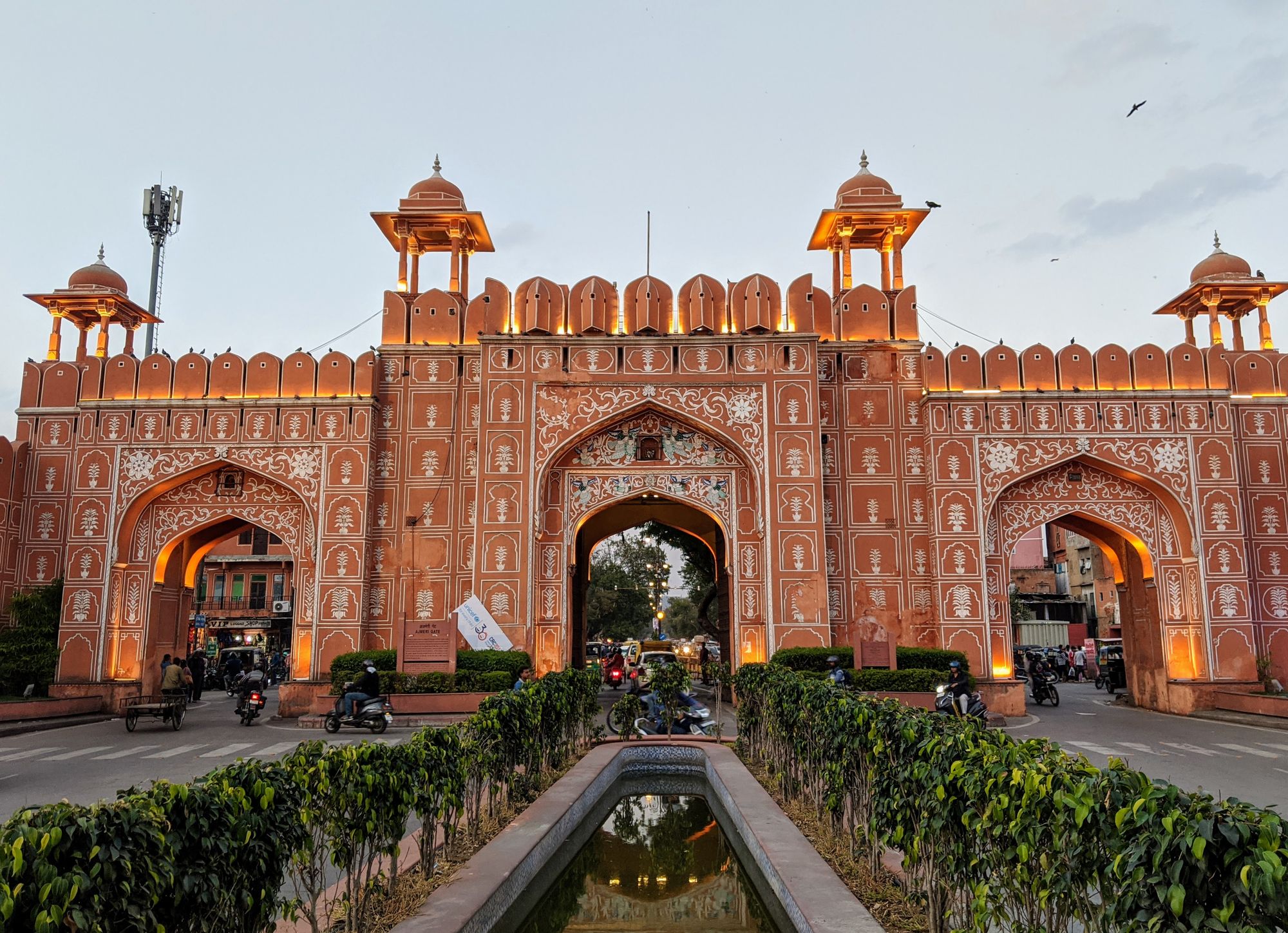
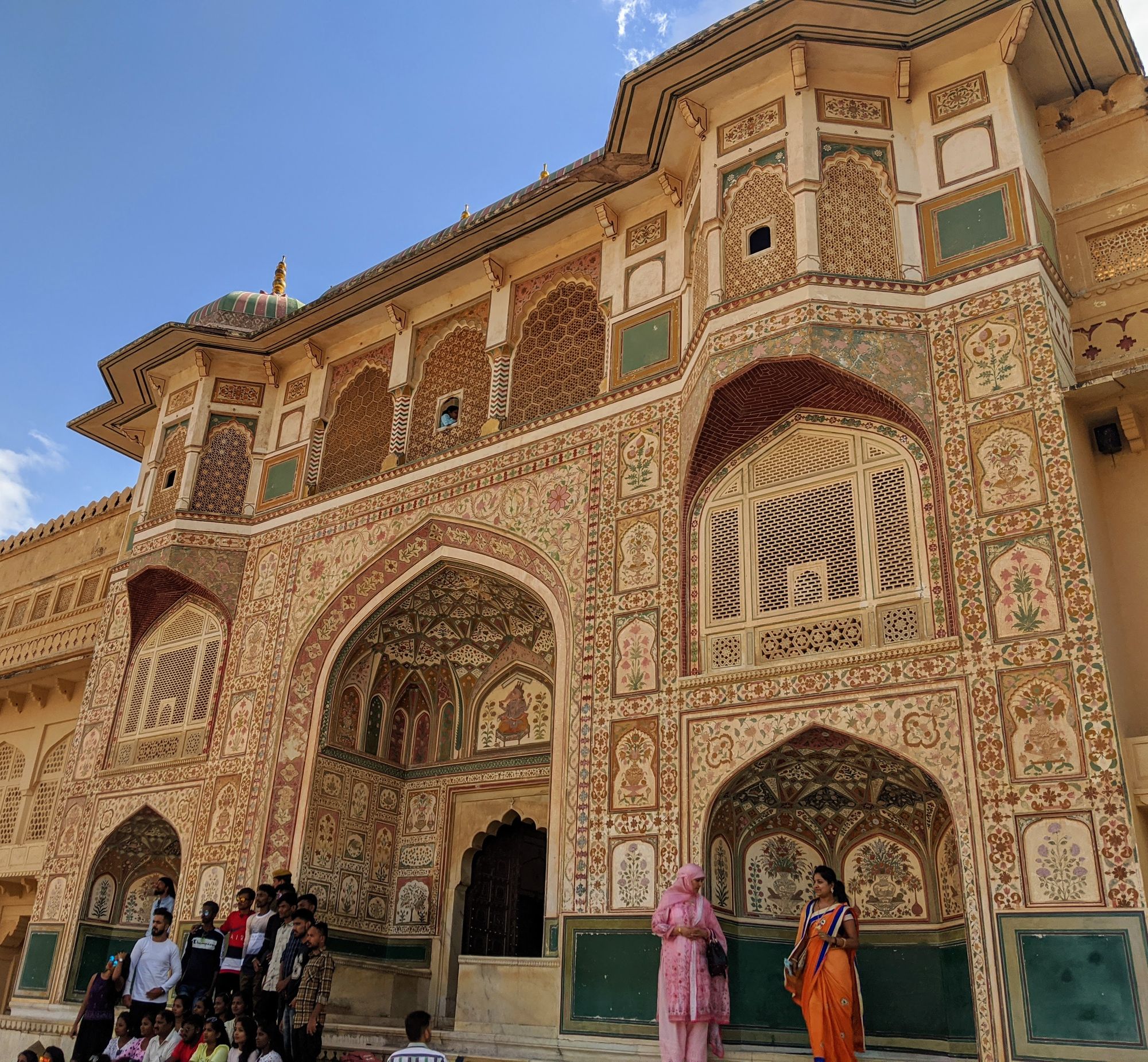
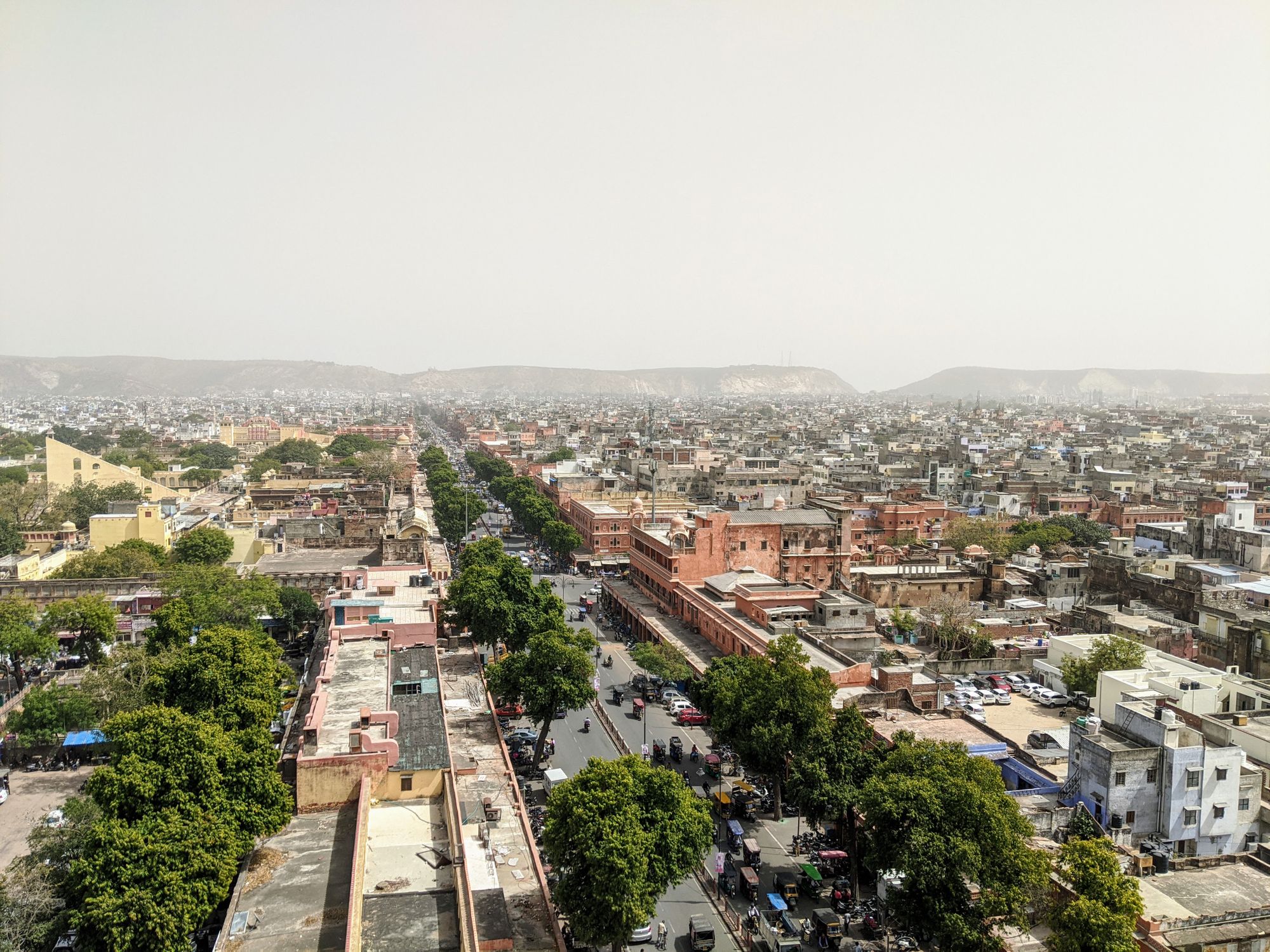

The City Palace is beautifully decorated with carved sandstone. A hall in the palace decorated with tiny cut pieces of mirrors was used to meet special guests. The architecture is a fusion of Hindu and Mughal architecture. A museum there has Rajasthani textiles and weapons. The 300-years-old clothes are so stylish, such that you can wear them today and they would look brand new and trendy. To be precise, they are exactly like the costumes of Prince Obryn in Game of Thrones, with similar decorations, and vibrant colors. The armory contains a huge collection of Rajput and Mughal weapons: swords and daggers with stylishly curved dark blades made of Damascus steel (you can see the unique curly pattern of the lost technology) and handles made entirely of glass, crystal, or jade.

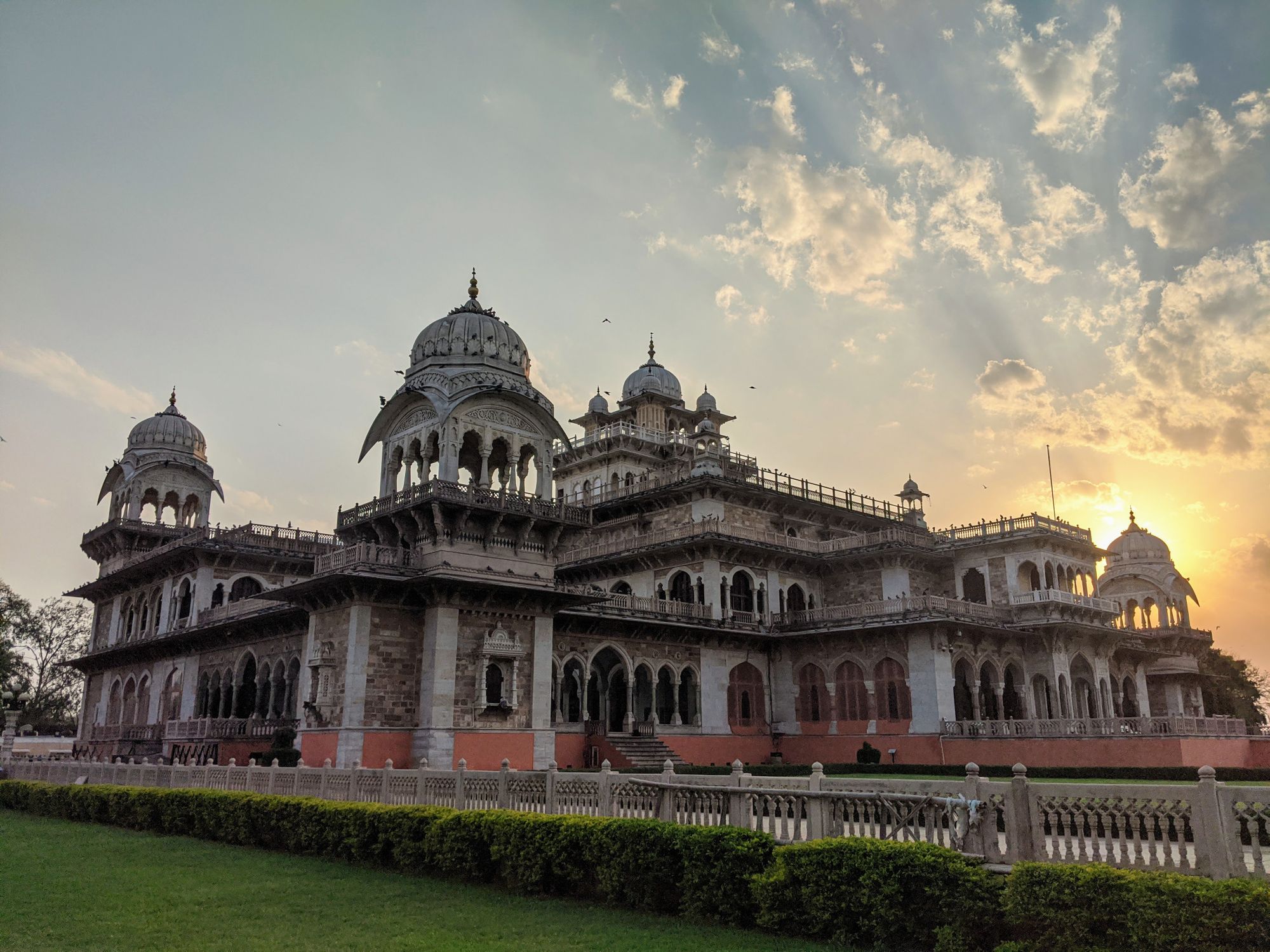
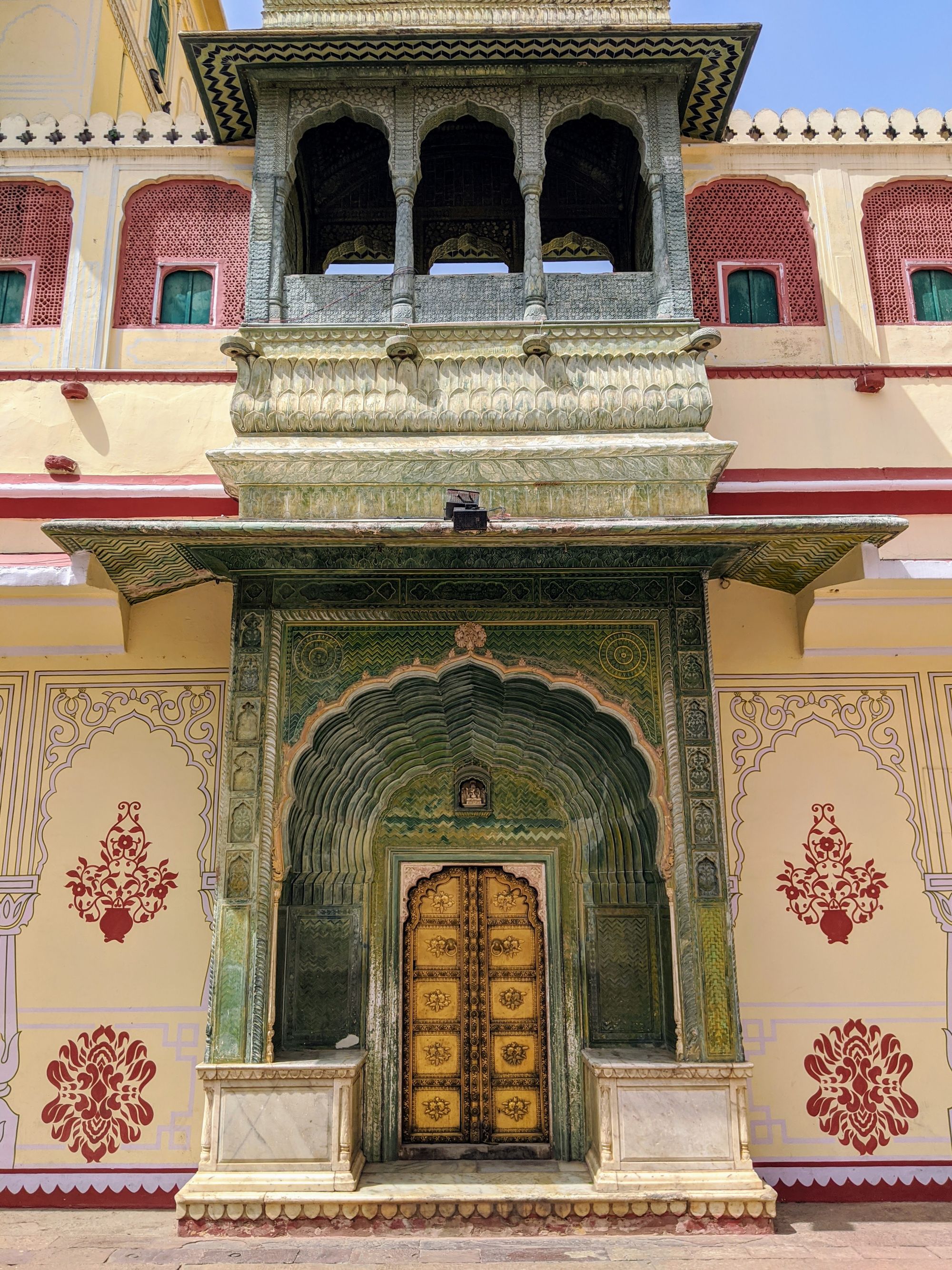
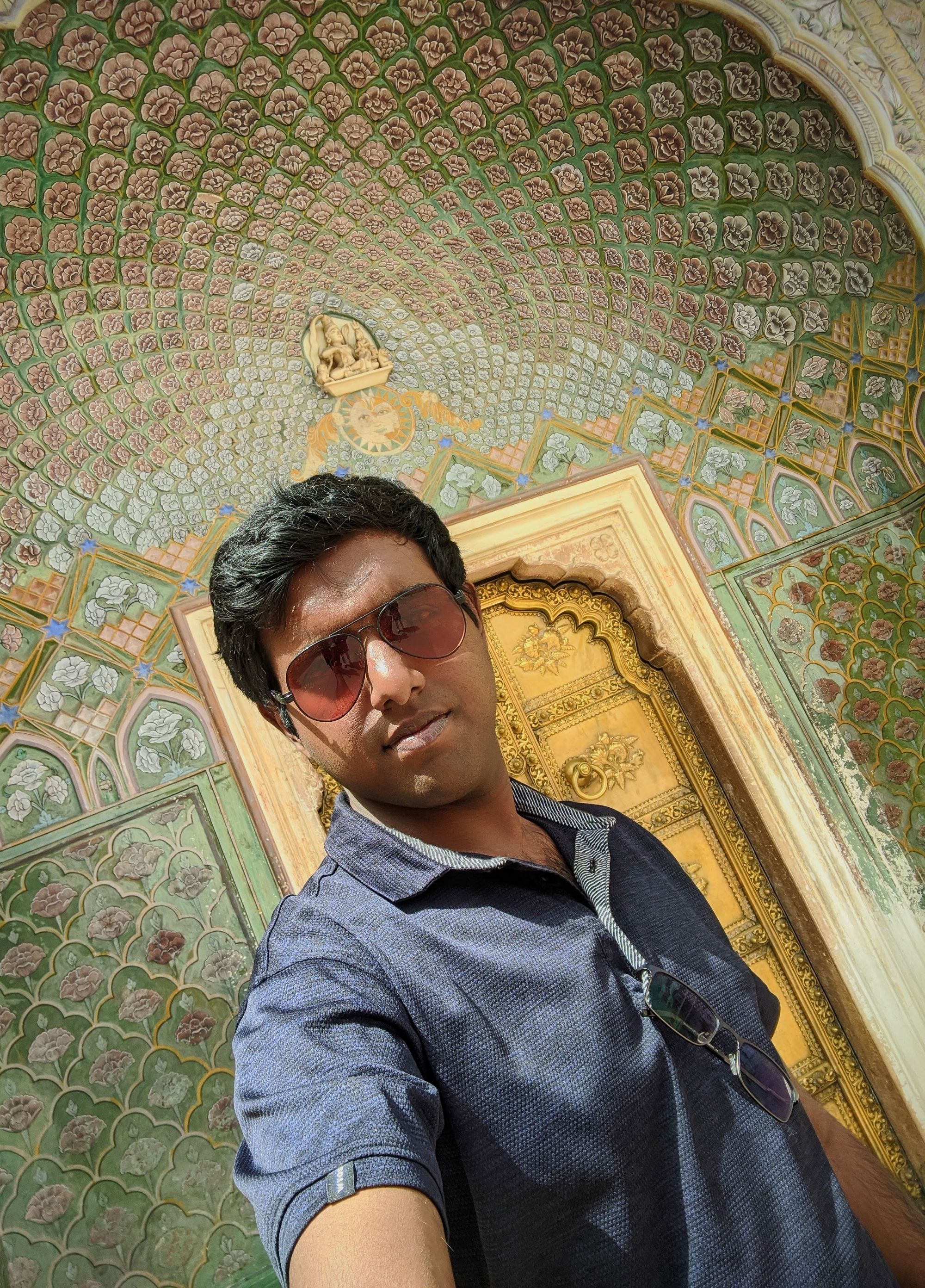


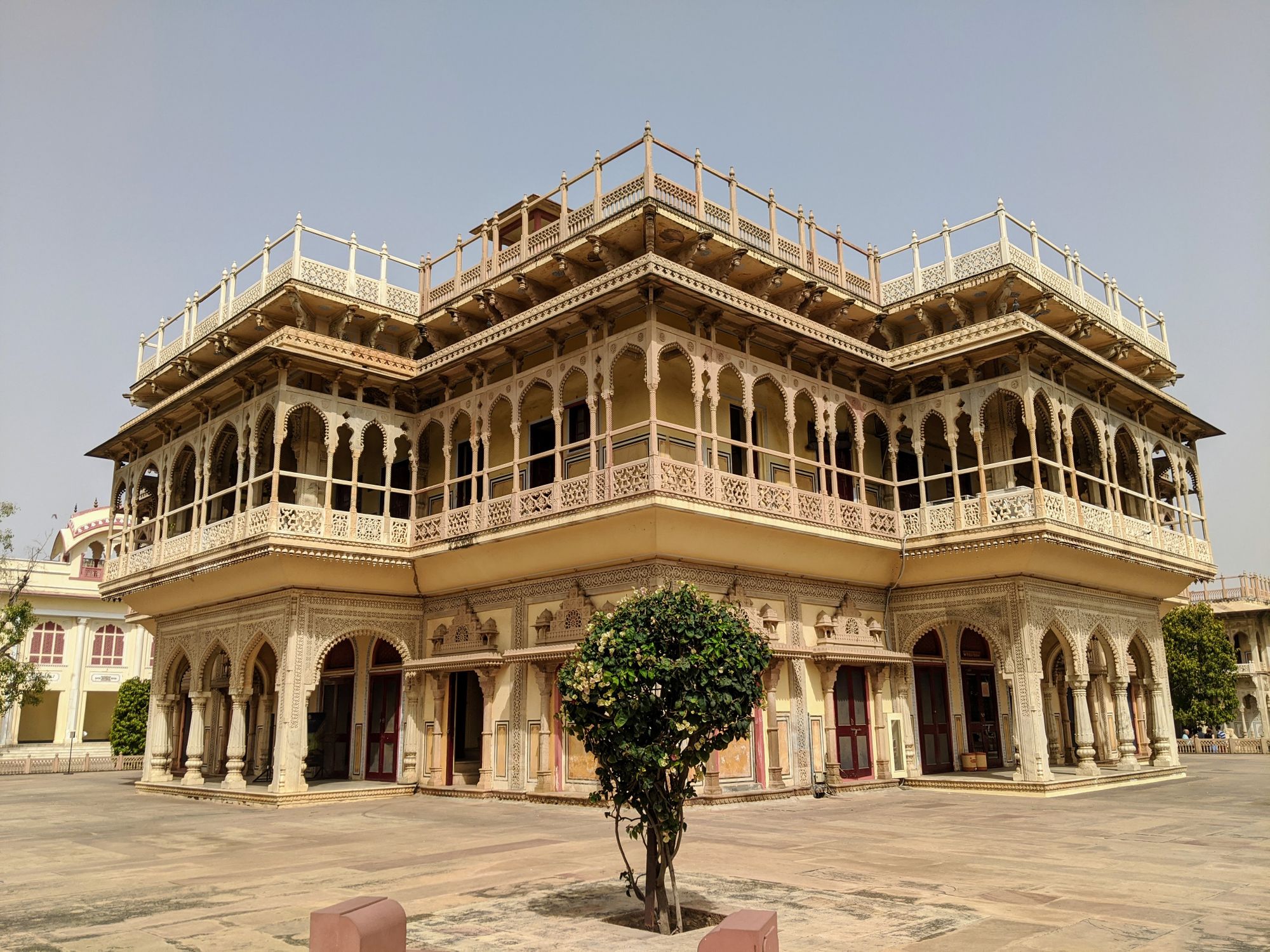
The city's founder Maharaja Jai Singh of Jaipur is also an astronomer. He founded a string of 5 astronomical observatories across India, the last and fully functional one right next to his palace. Precise astronomical instruments are built into gigantic sandstone and marble structures. The world's largest sundial is here, with the precision of 2 seconds. We tested it and found it is super accurate even today. There are instruments to find the azimuth and elevation of stars, a star map with Hindi names of stars, a marble structure used to find the current zodiac and the degree within it...etc.

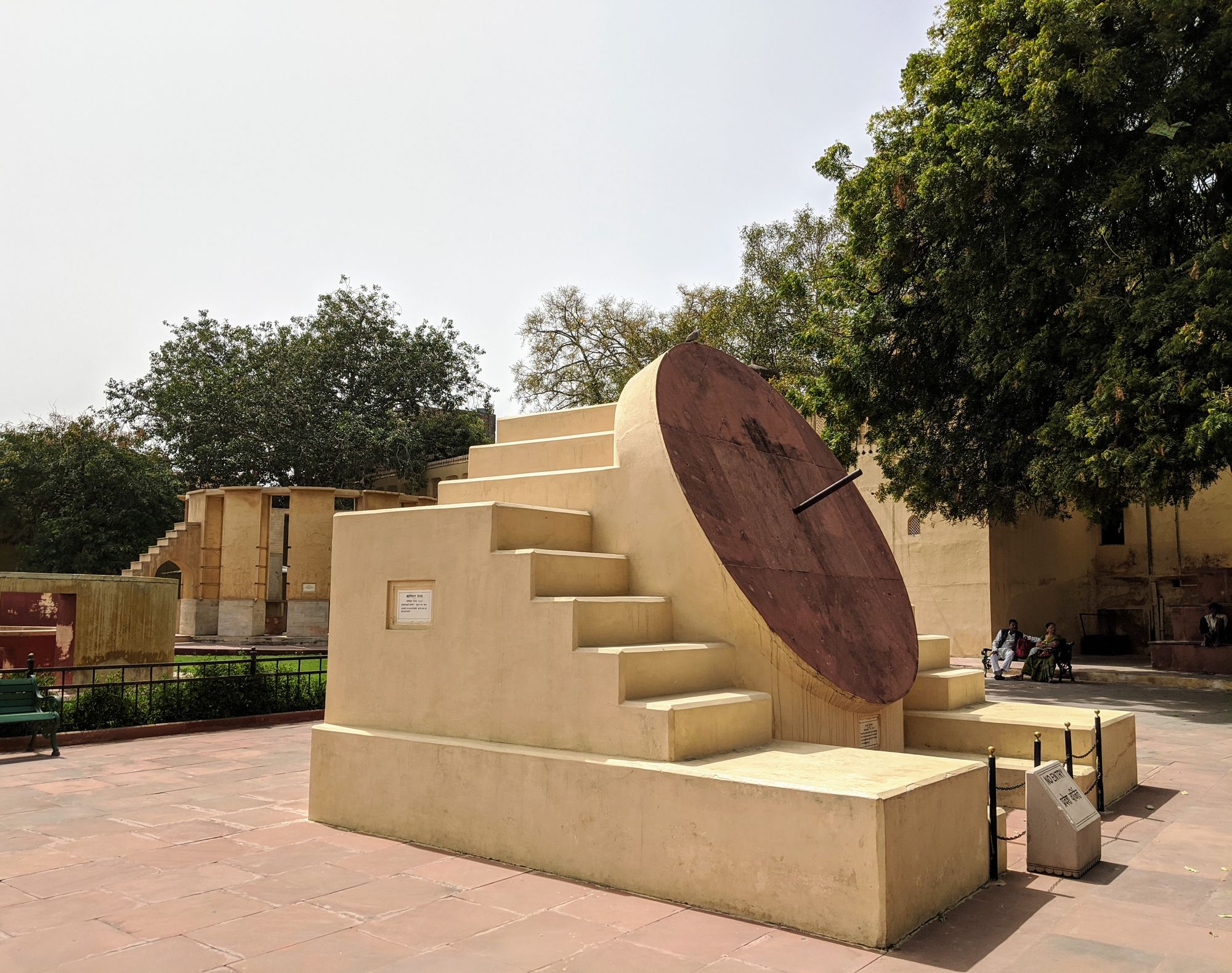

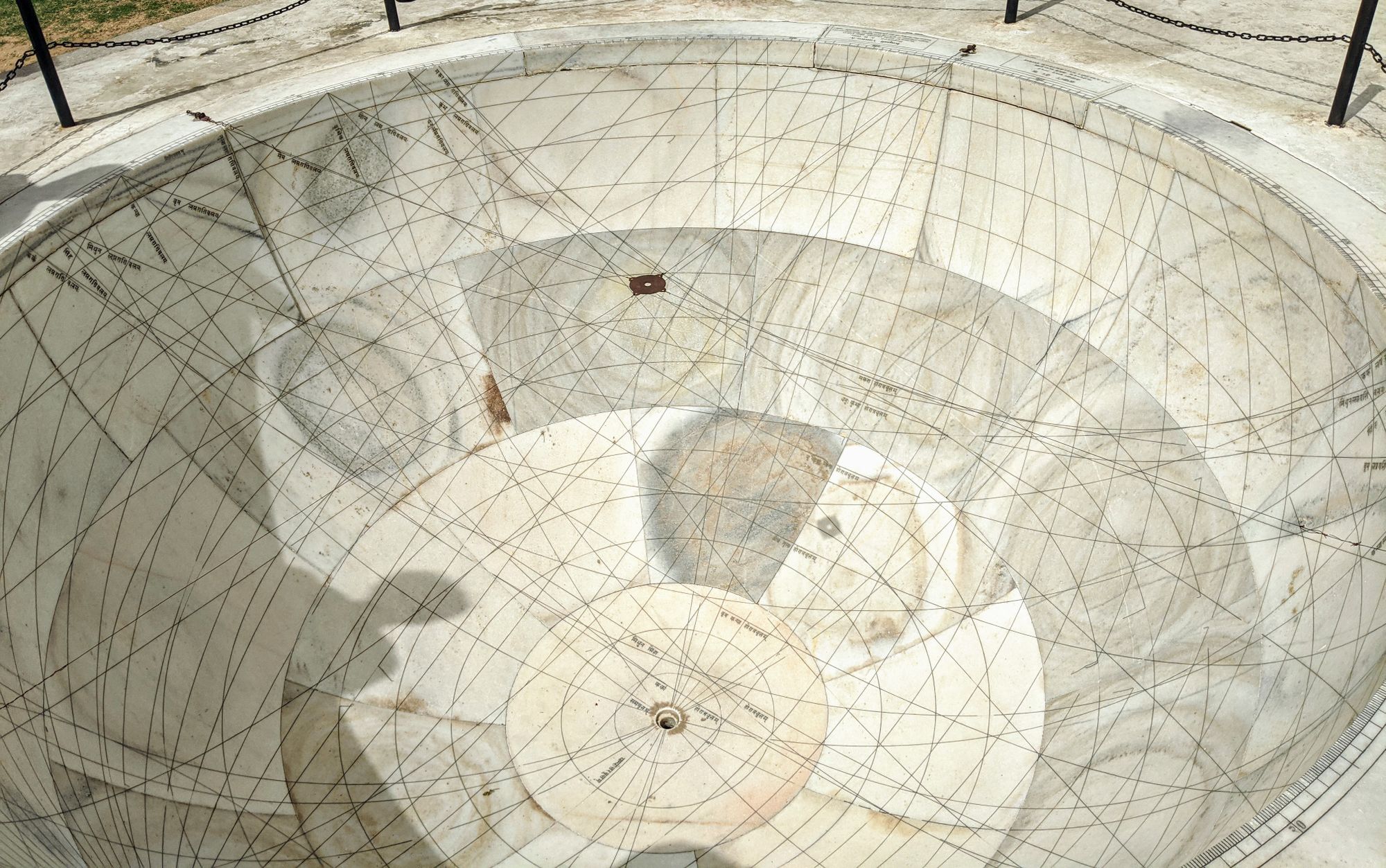
The Amber fort is grand and nice, with a Chinese-wall-like wall encircling the entire mountain. I rode a motorbike at sunset, with the Jaipur city and its lake at the feet of the mountain and three forts on the other side. Attended a light and sound show in Amber fort. The best 650 LKR I've spent. The entire fort glows with colored lights that change with tone and traditional music, with commentary and audio drama telling the history of Rajasthan (as mentioned in the last post). The one-hour performance definitely induced goosebumps and tears.

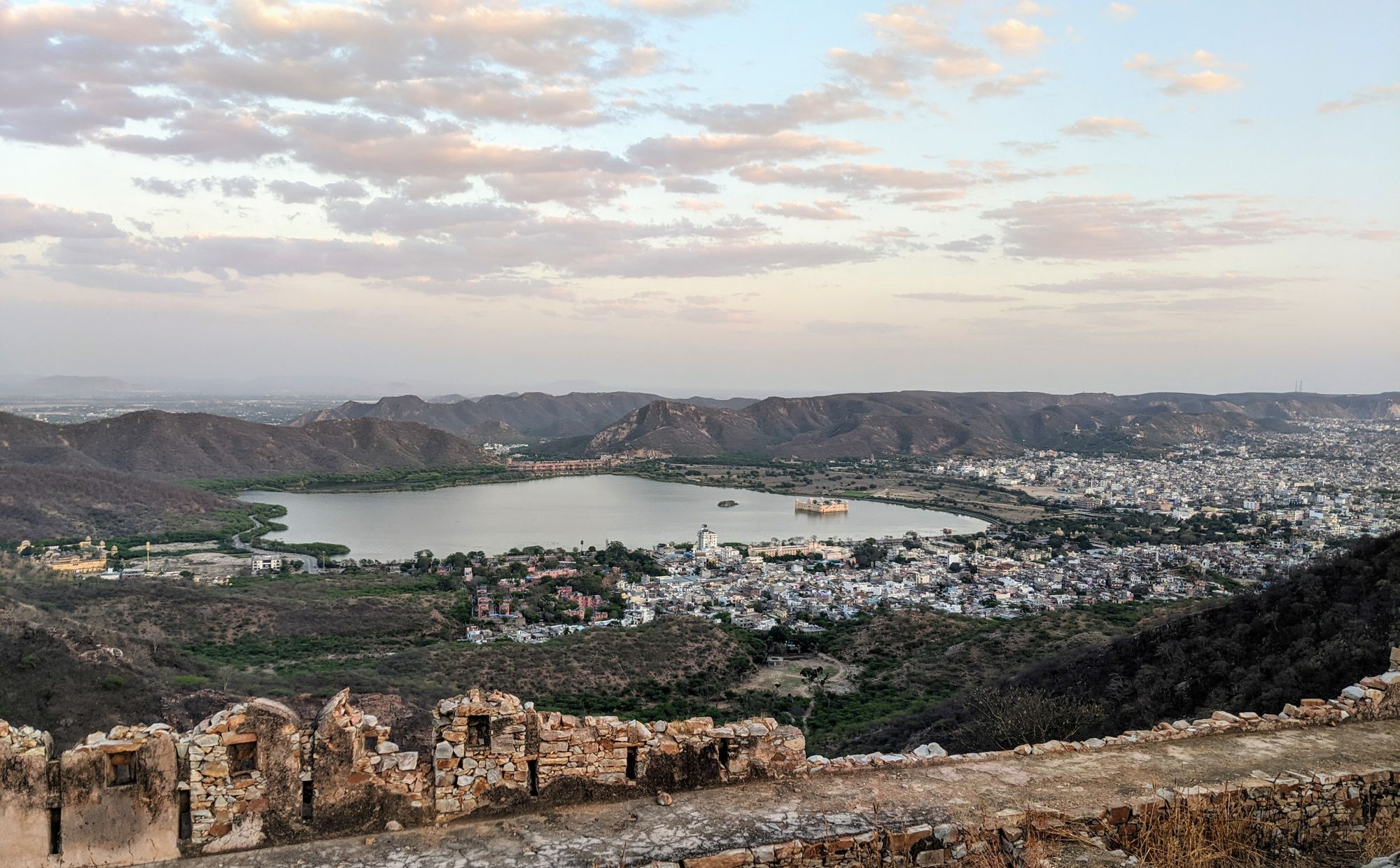
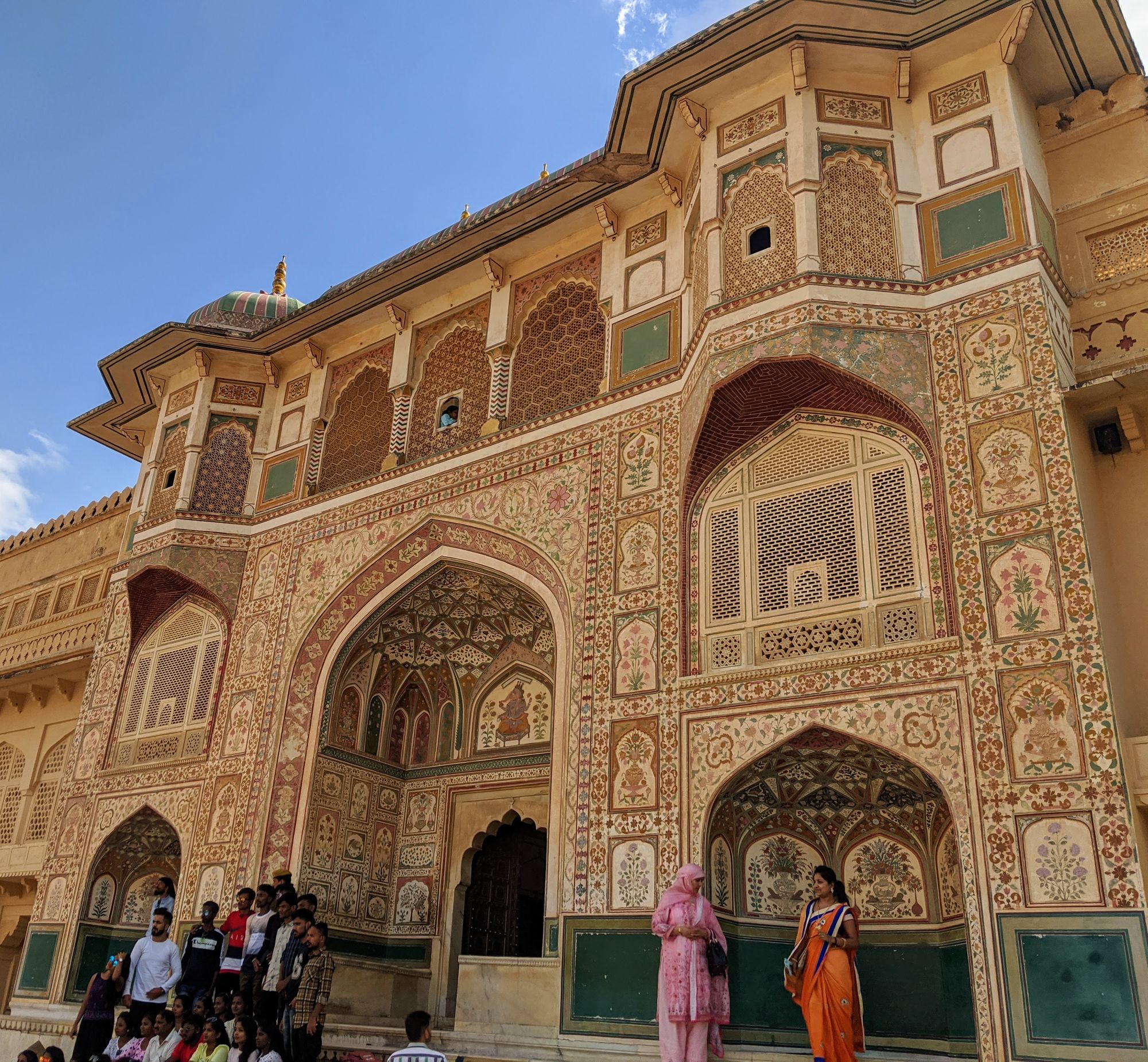


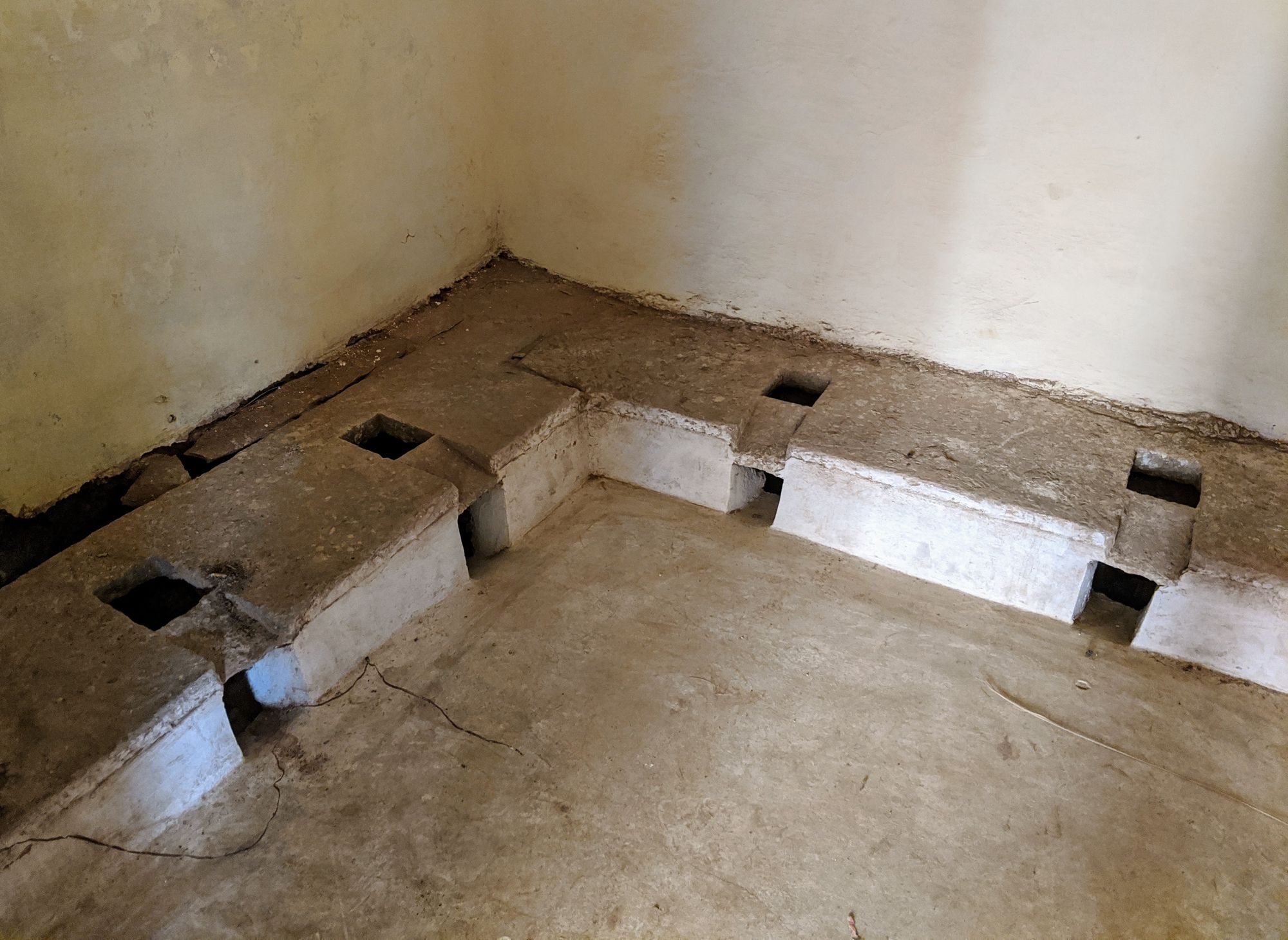
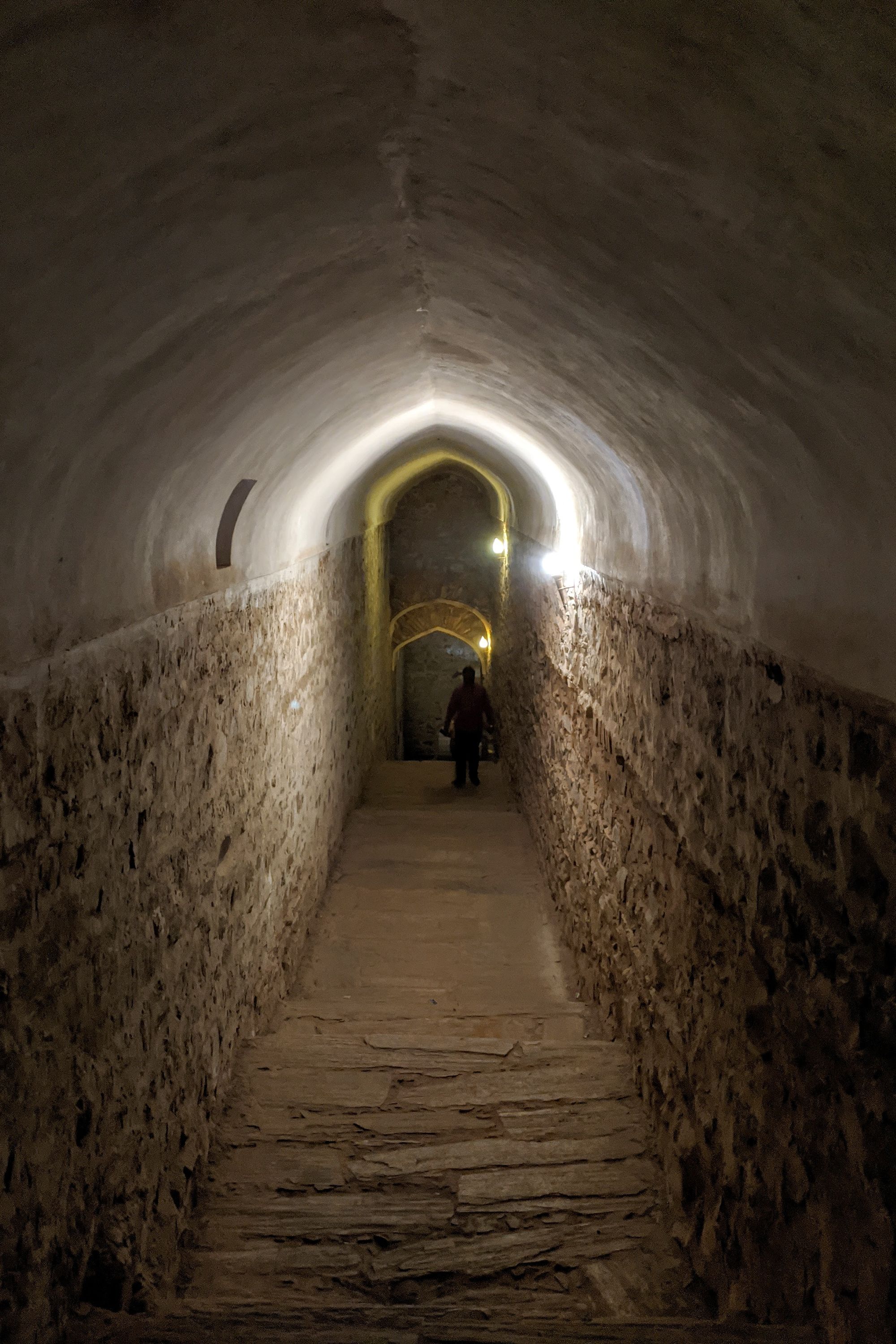
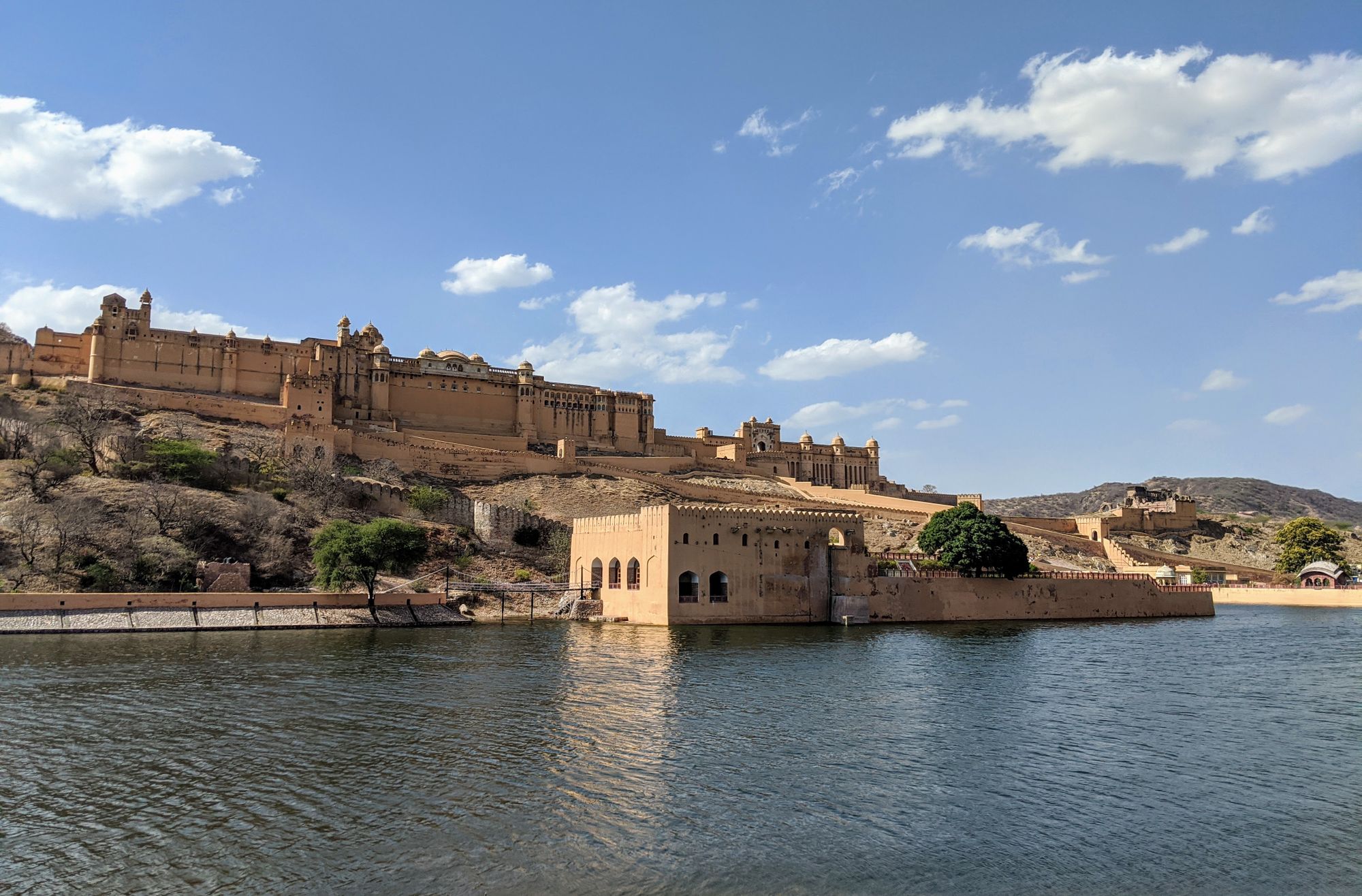
Saw a Rajasthani wedding progression. Groom on a horse decorated with jewels and vibrant clothes, men with imposing mustaches, head turbans, and expensive clothes playing upbeat music on drums and horns. Beautiful girls in colorful sarees (family members) dancing to the music in the progression. The groom was routinely asked by photographers to make dancing poses, which he reluctantly did. The progression entered the decorated city palace where a DJ was being held.

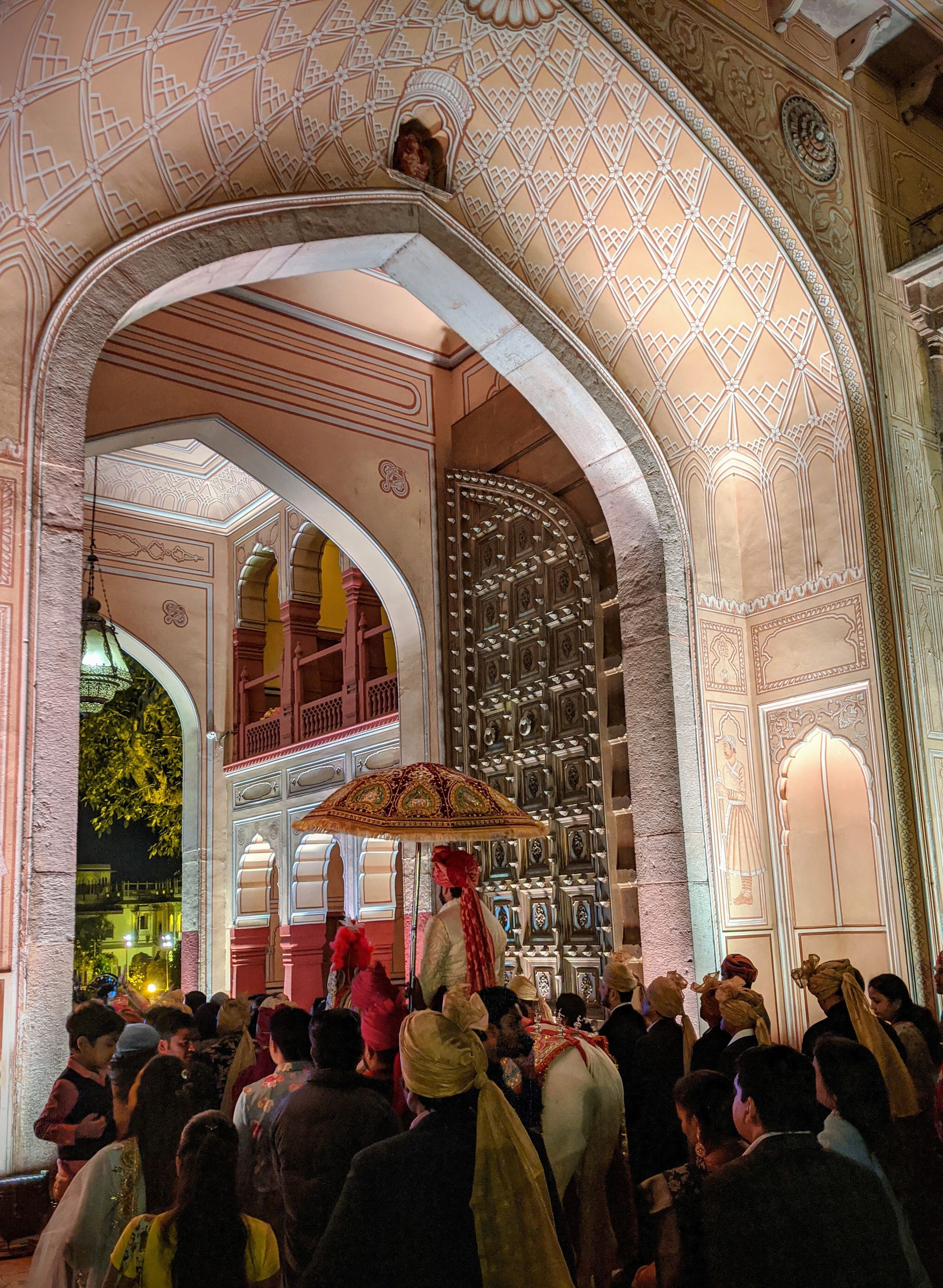
History (Jodha Akbar)
"There is more history in Rajasthan than the rest of India put together", an outrageous claim of Lonely Planet, which I had to believe just after visiting four cities in this 'land of the kings'.
The Rajput & Mughal history is so captivating. Rajputs are Hindu kings of Rajasthan, a warrior race split into multiple clans that ruled different city-states. The nearby Amber fort (est. 1592) was the original capital of the Kachchwaha clan, who claim they are of the "sun dynasty", descendants of Rama. They were the most powerful among all Rajputs and were constantly at war with Mughals (Muslims), until one of their kings wedded his daughter Jodha Bai (literally: Princess of Jodhpur, a misnomer) to Emperor Akbar, who married her in a Hindu ceremony walking around the fire. Her son was the crown prince and then the next emperor Jehangir, father of Shah Jahan.
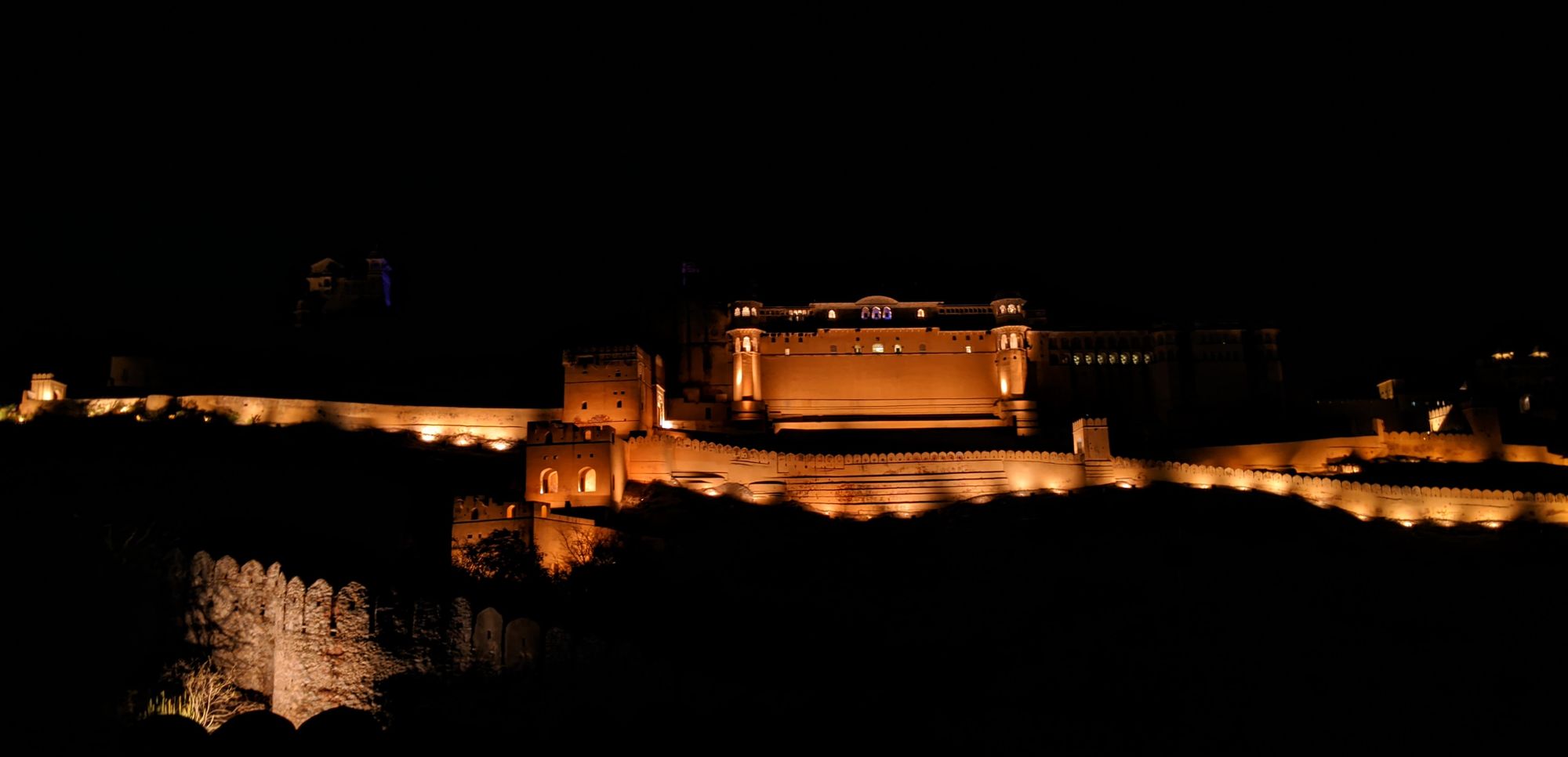
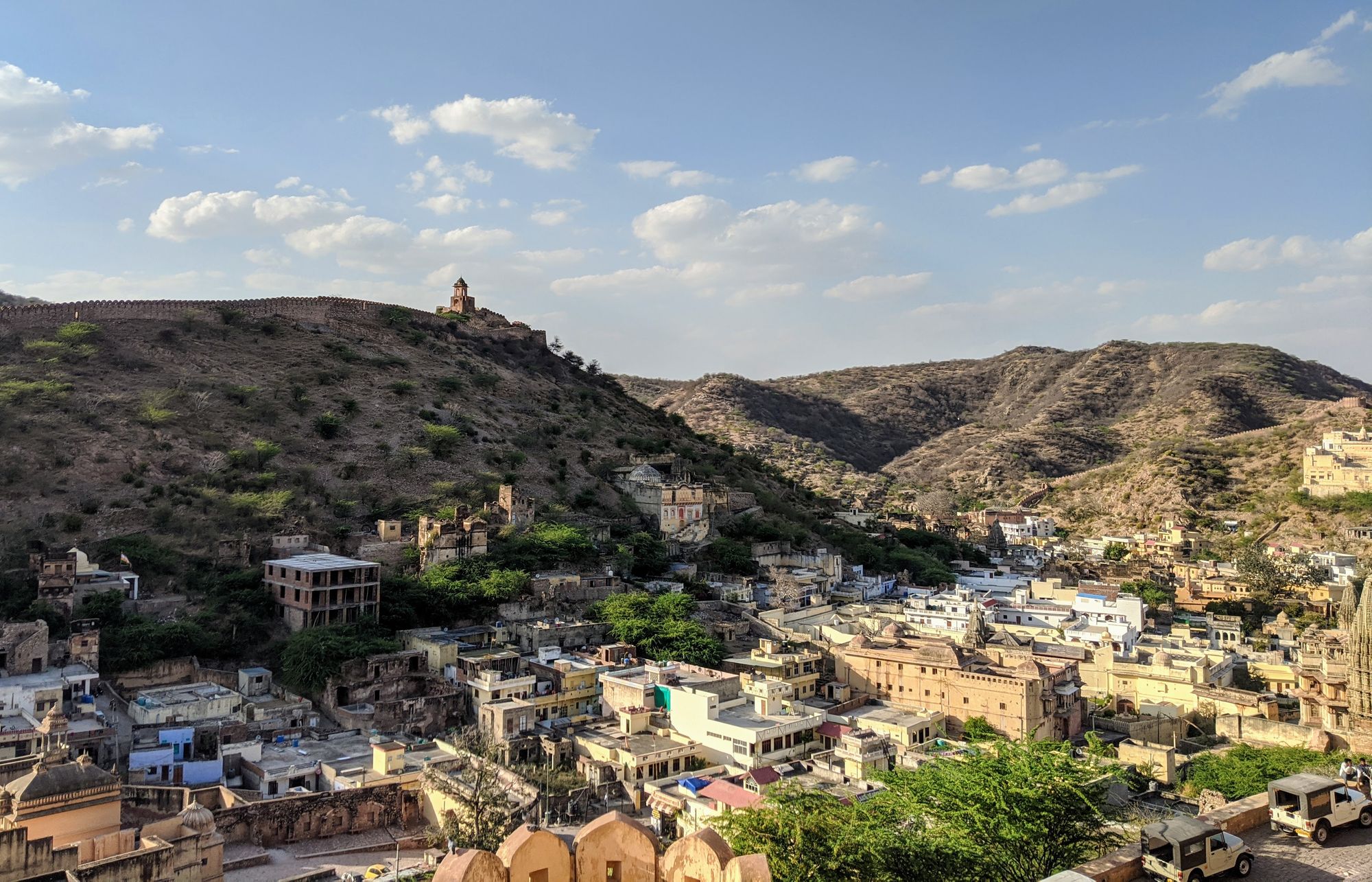
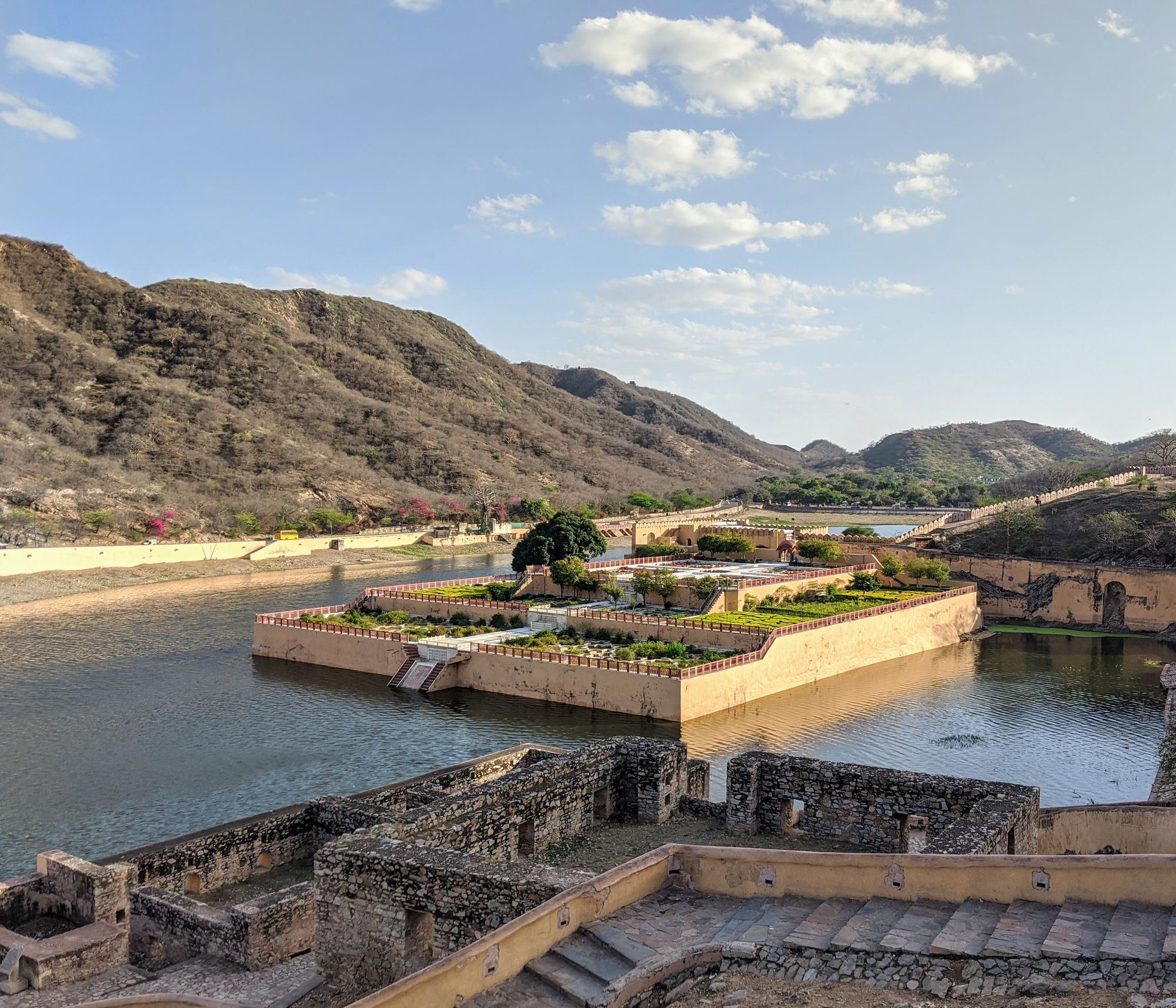

This dynasty was so loyal to Mughals, Akbar made this king's son Raja Man Singh the Cheif Commander of the Mughal Army. A few years later, he was insulted by another Rajput king: Rana Prathap, and met him on the battlefield. Imagine, a Hindu Rajput holding the Mughal flag and leading the Muslim army against a Hindu army! A fun fact: part of Rana's Rajput army was led by a Muslim commander, who held the Hindu Rajput flag against Muslims!
Later, Maharaj Jai Singh II from this dynasty shifted the capital to Jaipur. He was also an astronomer and a city planner. With the help of the Bengali architect Bhattacharyya, he built Jaipur. The Rajput kingdoms were given semi-autonomy under the British and were finally annexed into independent India. In 1876, to welcome the Prince of Wales, the city was painted in salmon pink, a tradition maintained till today. The royal family of this dynasty still lives in the city palace.
Jaipur is an excellent entry point to the majestic state of Rajasthan, i.e. the land of the kings. A motorbike would be the best way to explore this city of splendor.
First posted on Facebook


